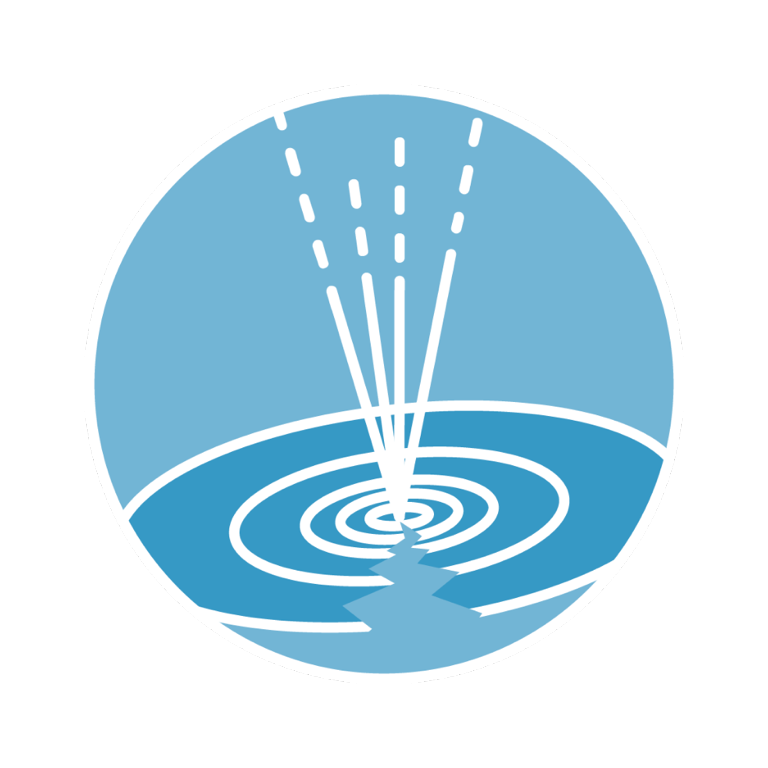ANTHROPOGENIC HAZARDS
Anthropogenic hazards arise from human activities like resource extraction, posing risks to environments and societies. Studying induced seismicity and other geohazards is critical to understanding and minimizing their impact.
Infrastructure and Collaborative Framework
The TCS for Anthropogenic Hazards (TCS-AH) integrates grouped datasets termed ‘Episodes’ through the EPISODES platform. Each Episode provides time-correlated industrial data (e.g. oil/ gas production data, fluid injection rates, mine and well positions, water reservoir levels) with geophysical data (e.g. induced seismicity and ground deformation) and associated geo- and metadata. Access to facilities for data processing, analysis, visualisation and scientific products with individual or team workspace features for fostering collaboration and innovation are also provided.
Applications and Societal Impact
Understanding anthropogenic hazards informs safer industrial practices and effective risk mitigation strategies. The TCS-AH supports decision-making by providing detailed analyses of human-induced seismicity and associated risks. In addition to a portfolio of applications designed for addressing anthropogenic hazards, TCS AH supports public knowledge dissemination and serves as an educational tool. It emphasizes the importance of managing and sharing datasets while respecting intellectual property rights, thereby fostering an environment conducive to research innovation.
Tools and Platforms
The EPISODES platform allows users to process, visualize, and analyze data on anthropogenic hazards. Customizable tools facilitate collaborative research and tailored hazard assessments.
Future Goals and Aspirations
The TCS-AH seeks to expand its dataset, enhance accessibility, and strengthen partnerships with industry and research institutions. Promoting sustainable practices and open science will advance its contributions to hazard mitigation.
